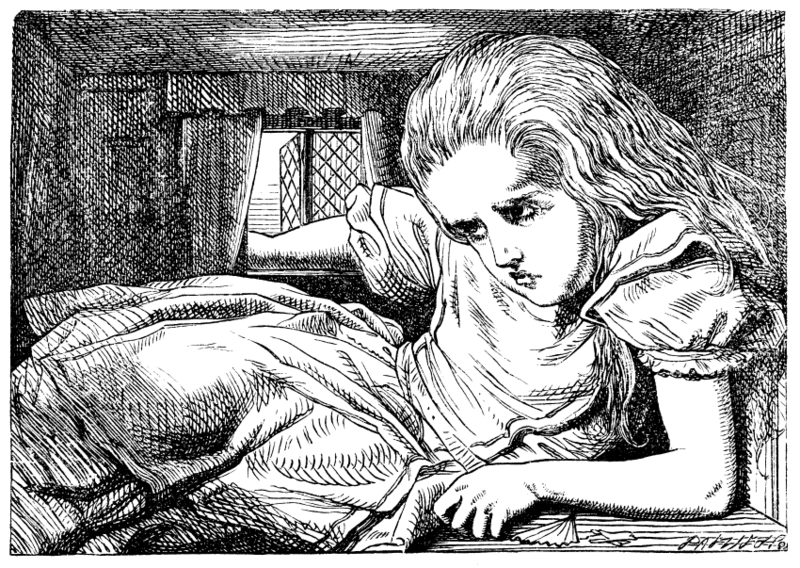That we spend much, if not most, of our lives working is, in itself, not necessarily a bad thing — unless, that is, we’re bored doing it. In the Big Think video above, London Business School Professor of Organizational Behavior Dan Cable cites Gallup polls showing that “about 70 percent of people are not engaged in what they do all day long, and about eighteen percent of people are repulsed.” This may sound normal enough, but Cable calls these perceptions of work as “a thing that we have to get through on the way to the weekend” a “humanistic sickness”: a bad condition for people, of course, but also for the “organizations who get lackluster performance.”
Cable traces the civilizational roots of this at-work boredom back to the decades after the Industrial Revolution. In the mid-nineteenth century, a shoe-shopper would go to the local cobbler. “Each of the people in the store would watch the customer walk in, and then they’d make a shoe for that customer.” But toward the end of the century, “we got this different idea, as a species, where we should not sell two pairs of shoes each day, but two million.”
This vast increase of productivity entailed “breaking the work into extremely small tasks, where most of the people don’t meet the customer. Most of the people don’t invent the shoe. Most of the people don’t actually see the shoe made from beginning to end.”
It entailed, in other words, “removing the meaning from work” in the name of ever-greater scale and efficiency. The nature of the tasks that result don’t sit well with a part of our brain called the ventral striatum. Always “urging us to explore the boundaries of what we know, urging us to be curious,” it sends our minds right out of jobs that no longer offer us the chance to learn anything new. One solution is to work for smaller organizations, whose members tend to play multiple roles in closer proximity to the customer; another is to engage in big-picture thinking by staying aware of what Cable calls “the why of the work,” its larger impact on the world, as well as how it fits in with your own purpose. But then, boredom at work isn’t all bad: a bout of it may well, after all, have led you to read this post in the first place.
Related content:
The Benefits of Boredom: How to Stop Distracting Yourself and Get Creative Ideas Again
The Philosophy of “Optimistic Nihilism,” Or How to Find Purpose in a Meaningless Universe
How to Take Advantage of Boredom, the Secret Ingredient of Creativity
Based in Seoul, Colin Marshall writes and broadcasts on cities, language, and culture. His projects include the Substack newsletter Books on Cities, the book The Stateless City: a Walk through 21st-Century Los Angeles and the video series The City in Cinema. Follow him on Twitter at @colinmarshall or on Facebook.



